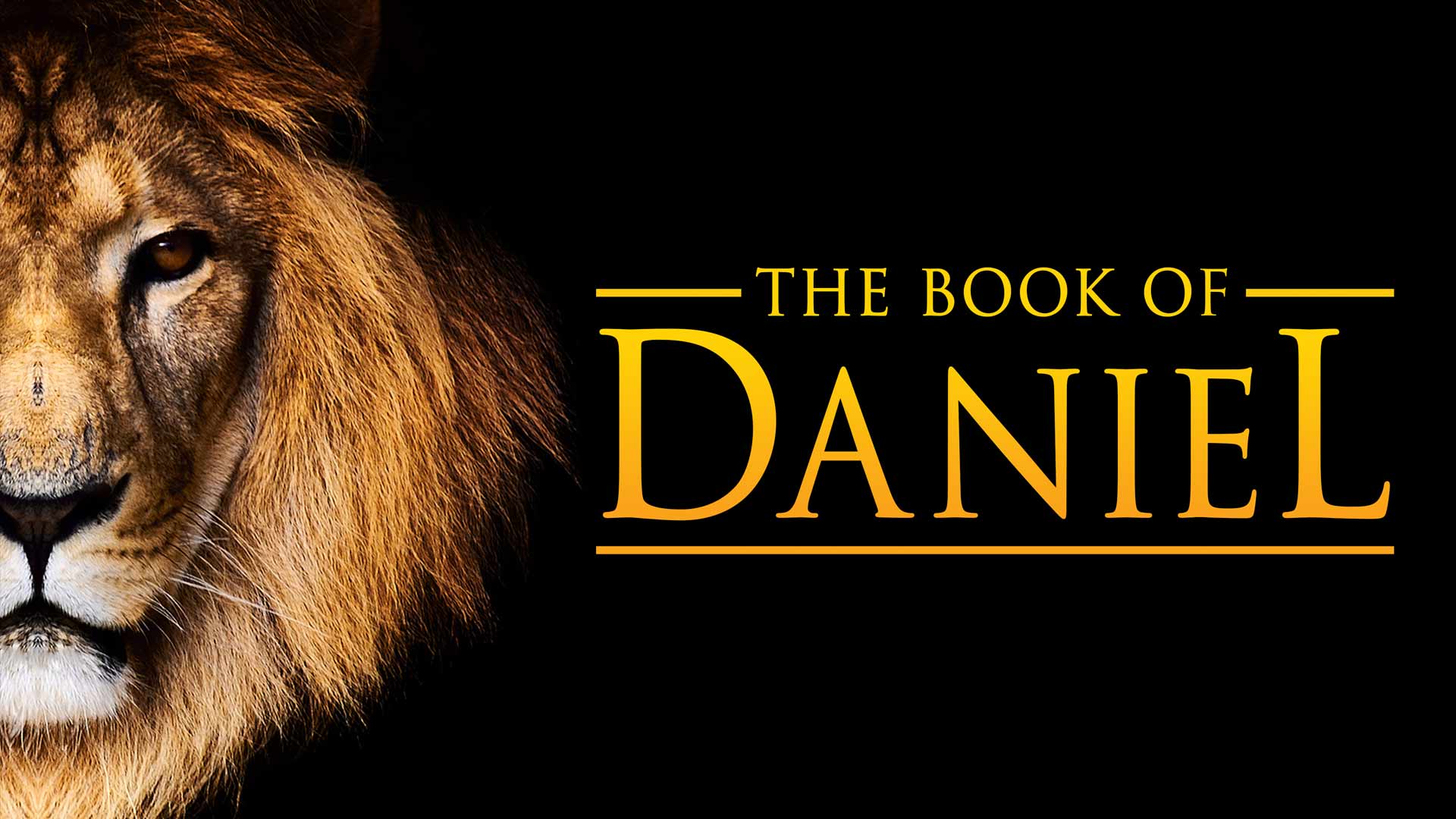Introduction
The Book of Daniel is a 2nd-century BCE biblical apocalypse with an ostensible 6th century BCE setting, combining a prophecy of history with an eschatology (a portrayal of end times) both cosmic in scope and political in focus. It gives "an account of the activities and visions of Daniel, a noble Jew exiled at Babylon", and its message is that just as the God of Israel saves Daniel from his enemies, so he would save all Israel in their present oppression.
The Hebrew Bible includes Daniel in the Ketuvim (writings), while Christian Bibles group the work with the Major Prophets.
Contents
Introduction in Babylon (chapter 1)Nebuchadnezzar's dream of four kingdoms (chapter 2)The fiery furnace (chapter 3)Nebuchadnezzar's madness (chapter 4)Belshazzar's feast (chapter 5)Daniel in the lions' den (chapter 6)Vision of the beasts from the sea (chapter 7)Vision of the ram and goat (chapter 8)Vision of the Seventy Weeks (chapter 9)Vision of the kings of north and south (chapters 10–12)
Author
The author/editor was probably an educated Jew, knowledgeable in Greek learning, and of high standing in his own community. It is possible that the name of Daniel was chosen for the hero of the book because of his reputation as a wise seer in Hebrew tradition.
Ezekiel, who lived during the Babylonian exile, mentioned him in association with Noah and Job (Ezekiel 14:14) as a figure of legendary wisdom (28:3).
A hero named Daniel features in a late 2nd millennium myth from Ugarit.
Date
Chapters 10–12 must have been written between 167 and 164 BCE. There is no evidence of a significant time lapse between those chapters and chapters 8 and 9, and chapter 7 may have been written just a few months earlier.
Further evidence of the book's date is in the fact that Daniel is excluded from the Hebrew Bible's canon of the prophets, which was closed around 200 BCE.
The Wisdom of Sirach, a work dating from around 180 BCE, draws on almost every book of the Old Testament except Daniel.
The rest of this comprehensive Wikipedia article on the book can be read here.
An extract from BHFA Volume 5
Daniel 1:6a
וַיְהִי בָהֶם מִבְּנֵי יְהוּדָה דָּנִיֵּאל
Daniel Judah from the sons of in them and it was
KJB Now among these were of the children of Judah, Daniel,
NASB Now among them from the sons of Judah were Daniel,
NIV Among those who were chosen were some from Judah: Daniel,
Sebir: marginal notes by the Masoretes to indicate an unusual word or usage in the text.
In BHS, the first word in this verse contains a footnote that indicates that we are dealing here with a Sebir.
It suggests that the form should be וַיּהְיוּ which is the qal impf. 3mp of the verb "to be," meaning, "and they were," as apposed to the existing qal impf. 3ms in the MT which means, "and he was." The plural form makes more sense in this context and the Masoretes correctly decided to add a Sebir here.
